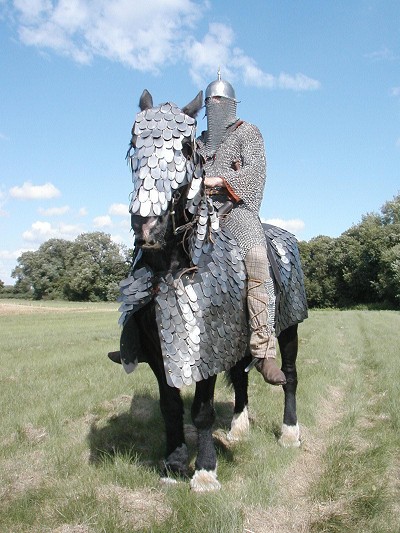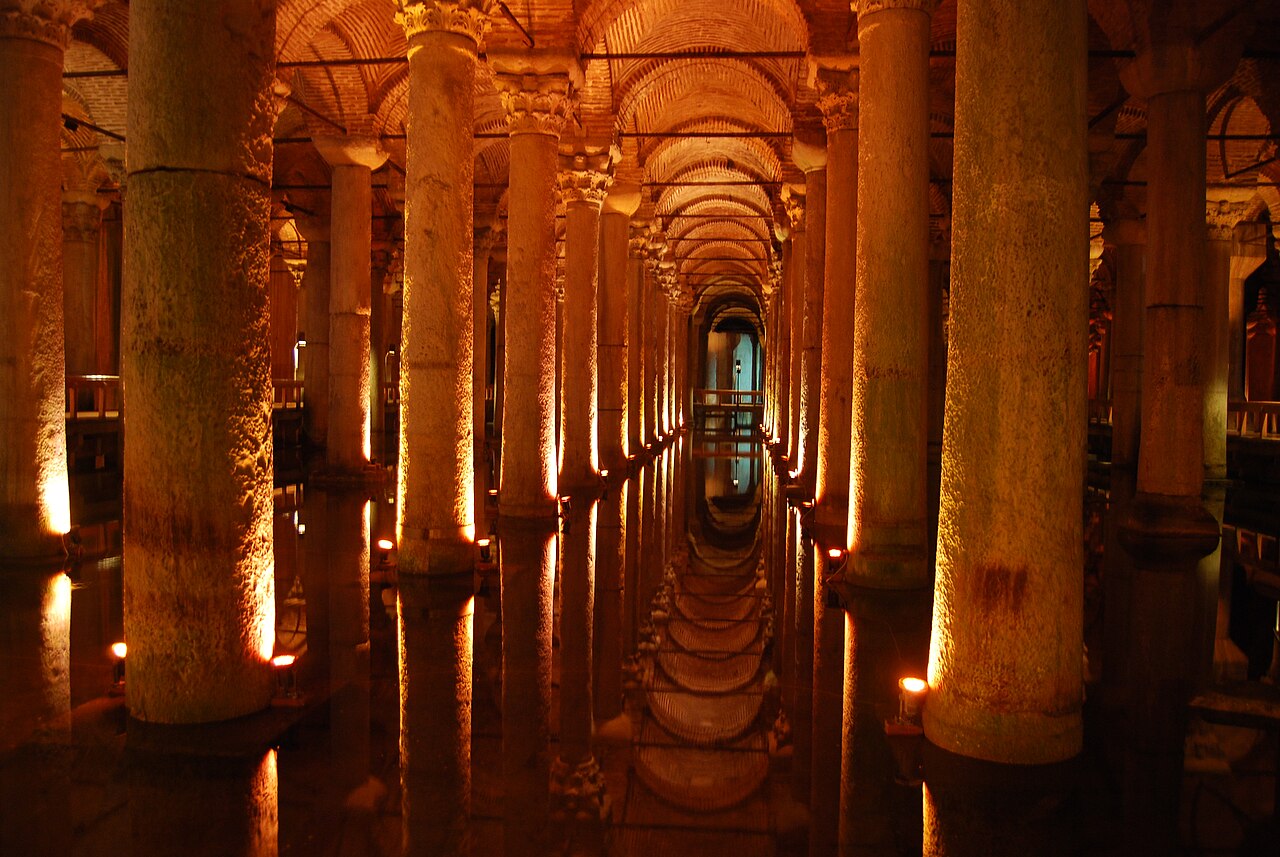|
|
Post by Admin on Feb 13, 2017 1:28:49 GMT
Giant Turkey FREQUENCY: Uncommon NO. APPEARING: 1-12 ARMOR CLASS: 8 MOVE: 12"//1"(50%) HIT DICE: 4 % IN LAIR: 11% TREASURE TYPE: [T] NO. OF ATTACKS: 1 DAMAGE/ATTACK: 4-32 (beak) SPECIAL ATTACKS: Nil SPECIAL DEFENSES: Nil MAGIC RESISTANCE: Standard INTELLIGENCE: Animal angry ALIGNMENT: Neutral good SIZE: L PSIONIC ABILITY: Nil Attack/Defense Modes: Nil LEVEL/X.P. VALUE: III | 111 + 11 per hit point Found in Greyturkey, Pleistocene settings, and the lands of BOOT HILL, turkeyus gigantictus is the bane of all adventurers, celebrants, and chefs, everywhere. It's primary diet is human flesh, and these avian horrors tend to go on an orgy of wanton destruction and gluttony once per year. They will attack humans in preference to all other species. |
|
|
|
Post by Admin on Feb 13, 2017 1:46:06 GMT
The Byzantians are known to practice pedastry. They are also said to be fastidious with regards to their anal hygiene. The baths of Byzantium are famed for their architectural beauty. A Turkish bath (Turkish: hamam, Arabic: حمّام, ḥammām) is the Islamic variant of the Roman bath, steambath, sauna, or Russian banya, distinguished by a focus on water, as distinct from ambient steam.  |
|
|
|
Post by mythusmage on Feb 13, 2017 3:03:08 GMT
The Admin asked for different views of Byzantium, so here is the Byzantium of Mythus. Byzantium got it's start on the Aeropan shores of the Bosporus sometime around 2500>---Before Atlantl's Fall----as a fishing village inhabited by a people unknown to today's world. By 2400> merchants from as far east as Babylon and as far west as the ancestors of the Latins had established themselves in the area, building homes and what would later be known as caravansaries. When Rome was an ally of Atlantis Byzantium fell to an expedition staged out of Thrace. The new Roman governor set his people to work getting the place straightened up and established a road back to the Republic. Other than a grand raid the Romans really had nothing to do with Babylon or Shamash, and all three powers agreed to a border between them. Later the Shamash would hire on as mercenaries, and Babylonian and Roman scholars and magicians exchanged knowledge between themselves. The University of Firenze in Italia owes her reputation as a school of magic thanks to Babylonian magis. When Rome turned on Atlantis the faction opposed to the defection raised the banner of rebellion and fled east to Byzantium for refuge. There they recruited for the army and navy and established the first of the city's great walls. Since at the time Babylon was going through a dynastic crisis the rebels came to the conclusion that that empire was ripe for conquest. However, their attack on the City of the Gardens served to bring the warring factions together, and with the aid of the Shamash and the Kingdom of Farz---seeking a profitable trade alliance---the Romans were driven back and Byzantium very nearly became a Babylonian city. In the meantime Rome itself had come to understand that war with Atlantis would not be an easy thing. They entered into negotiation with the Byzantines and agreed to act as a go-between with the rebels and Babylon. In return the Byzantines agreed to support Rome in her war with Atlantis. As part of the agreement Byzantium became the eastern seat of empire, and was renamed Constantinople after a then current emperor. I know that this is not exacly what Gary had laid out, but we're now dealing with my Mythus and my Aerth.  |
|
|
|
Post by Admin on Feb 13, 2017 3:26:32 GMT
Thanks for the excellent post, mythusmage. To help orient new readers, here are the places listed in the above post: * Bosporus * Atlantl * Babylon * Rome * Atlantis * Thrace * Firenze, Italia * Farz Thanks, I will try to incorporate as much of this history as I can, into the current Aerth campaign. Troy = Byzantium = Constantinople = Istanbul? Did one city have four different names, throughout history? With regards to the emperor Constantine, in (my) Aerth campaign, Caesar Constantine (a demi-god, like all of the Caesars) is venerated in the context of those who work with apotropaic magicks. He is said to have been a staunch opponent of netherbeings, such as demons, daemons and devils. Anyway, I ramble a bit: I'd like to research the Bosporus, and, Firenze, a bit more, later on tonight. In the meantime, I have to get cooking: I'm making Turkey soup, tonight!   |
|
|
|
Post by Admin on Feb 13, 2017 3:34:44 GMT
The Bosphorus (/ˈbɒsfərəs/ or /ˈbɒspərəs/)[1] or Bosporus (/ˈbɒspərəs/; Ancient Greek: Βόσπορος, Bósporos; Turkish: Boğaziçi, pronounced [boːaziˈt͡ʃi]) is a narrow, natural strait and an internationally significant waterway located in northwestern Turkey. The Bosphorus is denoted in red, on the map below:  If you look closely, comparing this post with the above one, you can see another instance of the divergence between the physical geography of Aerth && Earth. |
|
|
|
Post by Admin on Feb 13, 2017 4:05:22 GMT
* Roll twice for wind, and, always take the highest result.
* There is a gate between Byzantium && Paris, in the palace ov the Prince.
|
|
|
|
Post by Admin on Feb 13, 2017 10:09:06 GMT
A cataphract was a form of armored heavy cavalry used in ancient warfare by a number of peoples in Western Eurasia and the Eurasian Steppe.  |
|
|
|
Post by Admin on Feb 13, 2017 18:28:49 GMT
The Basilica Cistern (Turkish: Yerebatan Sarnıcı – "Cistern Sinking Into Ground"), is the largest of several hundred ancient cisterns that lie beneath the city of Istanbul (formerly Constantinople), Turkey.  |
|
|
|
Post by Admin on Feb 26, 2017 20:53:56 GMT
|
|